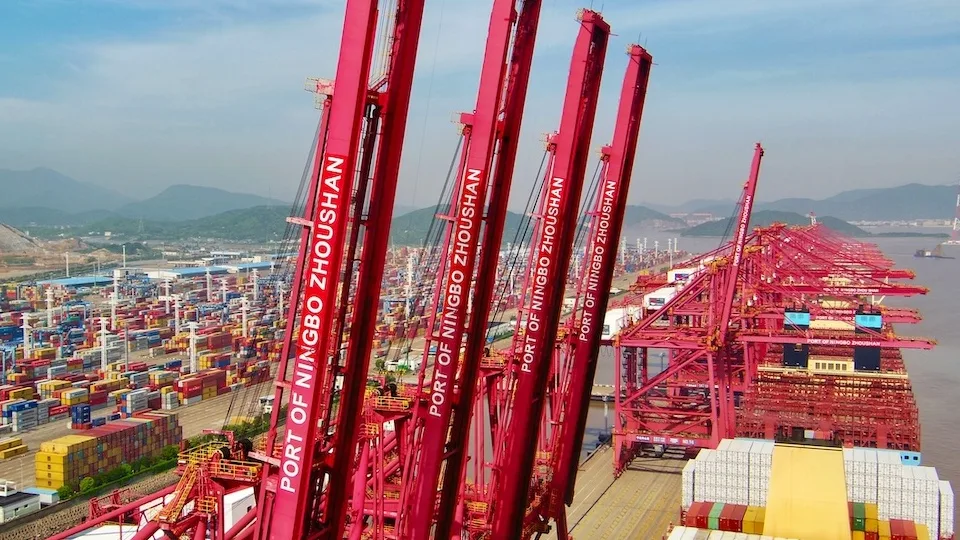The once-seasonal port of Churchill is positioning itself at the forefront of a potential shipping revolution as climate change and geopolitical shifts accelerate interest in year-round trade routes through Hudson Bay.
At a press conference this week, Chris Avery, CEO of Arctic Gateway Group — the Indigenous and northern community-led consortium that owns and operates the port — said Canada must prepare for the real prospect of year-round navigation through Hudson Bay within a generation.
University of Manitoba researchers have shown us that climate change will open up sea lanes in the Hudson Bay region for longer stretches — perhaps permanently — within the next couple of decades, Avery said.
Growing trade tensions with the US have rekindled interest in Churchill as a strategic northern export hub, with Manitoba premier Wab Kinew advocating for the port as a gateway to Europe and a key component in Canada’s broader nation-building infrastructure goals.
Federal and provincial governments have already invested millions into the Hudson Bay Railway and Churchill port to solidify Canada’s Arctic shipping capabilities. With a second weekly freight train now running, Avery announced the railway is in its best condition in over 30 years.
While some have floated the idea of building a second port on Hudson Bay at Port Nelson to avoid environmentally sensitive areas near Churchill, Avery pushed back, saying Churchill had a proven ability to balance ecological concerns with industrial activity.
A new storage facility has tripled Churchill’s capacity for critical mineral exports — a sector the federal government sees as vital for economic diversification.






















